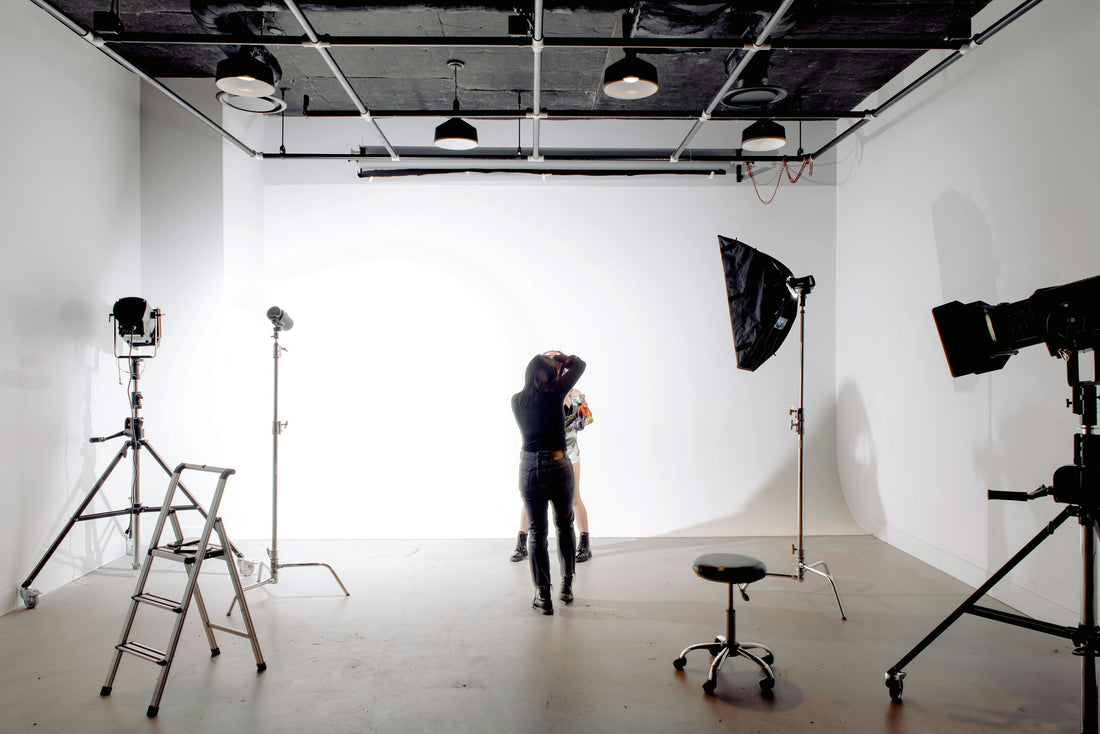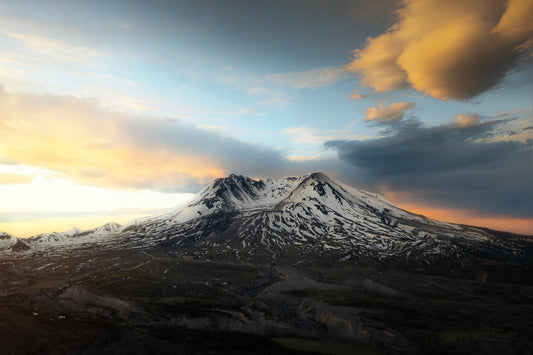While natural light offers beauty and versatility, there are times when artificial lighting is necessary or preferred to achieve specific creative goals. Understanding the basics of artificial lighting opens up a world of possibilities for photographers, allowing them to control and shape light to suit their vision.
Types of Artificial Light Sources
- Continuous Lighting: Continuous lighting sources, such as LED panels and tungsten bulbs, provide a constant and steady light source. They are commonly used in video production and studio photography, offering ease of use and real-time feedback on lighting setups.
- Strobe Lighting: Strobe lights, also known as flashes, emit a brief burst of intense light when triggered. They are widely used in both studio and outdoor photography for their ability to freeze motion, overpower ambient light, and create dramatic lighting effects. Strobe lights come in various forms, including mono-lights, speedlights, and studio strobes, each offering different power outputs and features.
Light Modifiers
- Soft-boxes: Soft-boxes are essential tools for diffusing and softening artificial light, creating a flattering and even illumination. They come in various shapes and sizes, including square, rectangular, and octagonal, allowing photographers to control the spread and quality of light.
- Umbrellas: Umbrellas are versatile light modifiers that can be used to bounce, reflect, or shoot-through light, depending on the configuration. They come in different styles, including reflective umbrellas, shoot-through umbrellas, and convertible umbrellas, offering flexibility in lighting setups.
- Reflectors: Reflectors can be used with artificial light sources to bounce and redirect light onto your subject, filling in shadows and adding catchlights to the eyes. They are available in various colors and surfaces, including white, silver, gold, and translucent, each producing different lighting effects.
Lighting Techniques
- Three-Point Lighting: Three-point lighting is a classic lighting setup consisting of a key light, fill light, and backlight. It is commonly used in portrait and studio photography to create dimension, depth, and separation between the subject and the background.
- Rembrandt Lighting: Rembrandt lighting is characterized by a triangle of light on the cheek of the subject, created by positioning the key light at a 45-degree angle to the subject and slightly above eye level. It produces a dramatic and painterly effect, often used in portrait photography.
- Low-Key and High-Key Lighting: Low-key lighting involves predominantly dark tones and shadows, creating a moody and dramatic atmosphere, while high-key lighting features predominantly light tones and minimal shadows, producing a bright and airy feel.
By familiarizing yourself with different types of artificial light sources, light modifiers, and lighting techniques, you'll have the tools and knowledge to create stunning and impactful images in any lighting situation. Experiment with different setups and configurations to develop your unique style and aesthetic as a photographer.







